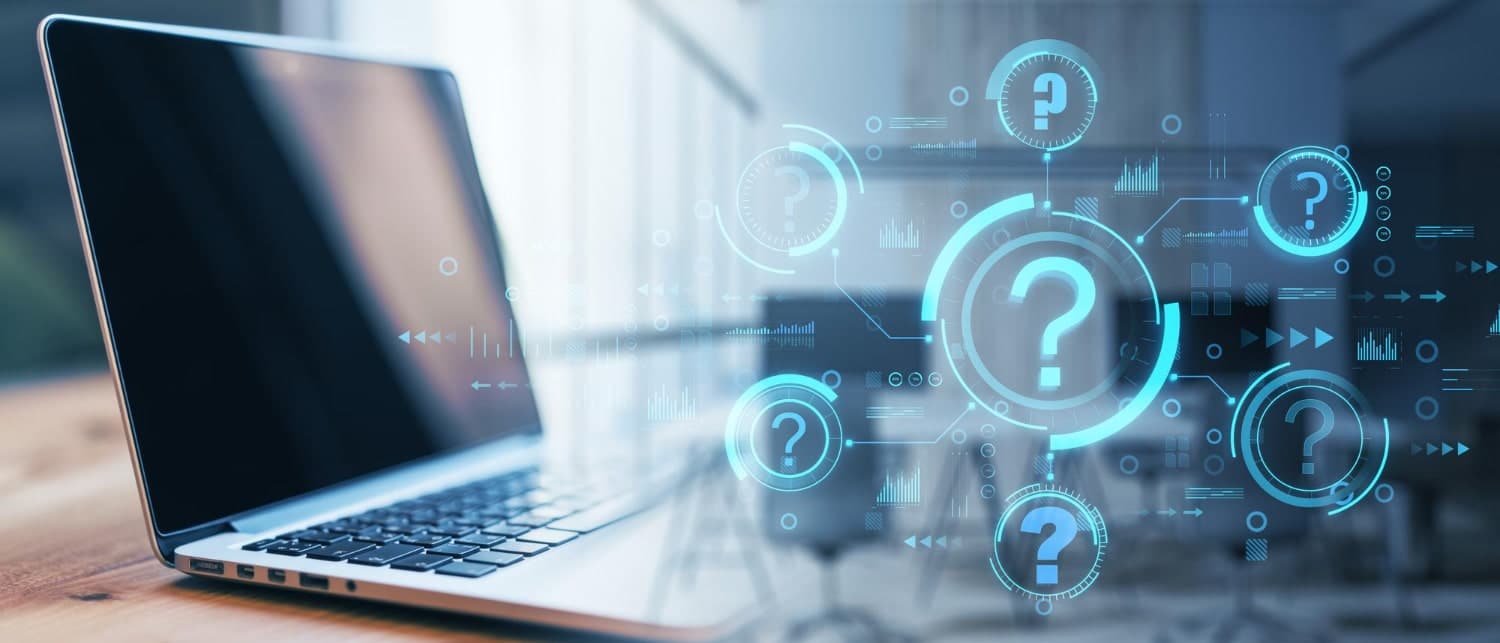FAQ

Technology & Methodology
The exosmart™ device is a Class 2a Medical Device designed to concentrate the full spectrum of regenerative components from a patient’s own blood plasma at the point of care. It uses an advanced ultrafiltration system to produce a small volume of therapeutic concentrate that is rich in exosomes, platelets, and growth factors.
Because natural healing is a team effort. While exosomes are critical signaling molecules, they work together with platelets (which release growth factors) and plasma proteins to direct tissue repair. By concentrating this complete, synergistic profile, our system prepares a product that mirrors the body’s own powerful healing mechanisms, rather than relying on a single, isolated component.
Our system uses a specialized membrane with a precise size cutoff (15 kDa). When plasma is passed through the filter, only small particles like water and salts are removed. All the larger, therapeutically valuable components—exosomes, platelets, growth factors, and other proteins—are retained and concentrated into a final volume of approximately 6-7 mL.
The exosmart™ system consistently produces a concentrate with up to 3.0 x 10¹³ exosomes per milliliter. This is a result of processing the total plasma volume and is significantly higher than what is found in standard PRP preparations. This metric is validated by Nanoparticle Tracking Analysis (NTA) in line with MISEV2023 guidelines.
Clinical Application & Comparison
It’s fundamentally superior for two reasons:
- Completeness: Standard PRP preparation discards the platelet-poor plasma (PPP), which contains billions of valuable exosomes. exosmart™ processes the entire plasma volume (both PRP and PPP), capturing the complete therapeutic profile.
- Consistency: The automated ultrafiltration process removes the manual variability common in PRP preparation, delivering a standardized, high-quality product every time.
Safety and practicality. exosmart™ uses the patient’s own blood (autologous), which eliminates all risk of immune rejection or pathogen transmission. Allogeneic products carry this inherent risk and are subject to much stricter regulations, often limiting them to topical use only. Our system provides a safer, fully compliant solution at the point of care.
The entire process is completed in approximately 30 minutes.
- A standard blood draw (approx. 60 mL) is performed.
- The blood is centrifuged for 15-20 minutes to separate the plasma.
- The 25-30 mL of plasma is processed through the exosmart™ device, which takes about 3-5 minutes.
- The final 6-7 mL of concentrate is aspirated from the device, ready for immediate application.
exosmart™ has a broad CE-MDR Class 2a certification for use as a blood component concentrator. This allows for its application across multiple specialties, including Orthopedics, Aesthetics, Dermatology (including Hair Restoration), and Wound Care.
Practical & Regulatory Questions
We have completed our internal validation and safety studies, which are available in our white papers. Independent, non-sponsored clinical trials are currently being organized by several university hospitals, with initial data expected in the next 18-24 months. These studies will provide robust, double-blind clinical data on efficacy for specific indications.
The exosmart™ system is classified as a Class 2a Medical Device. The autologous product it creates is prepared and administered within a single procedure, meaning it is not regulated as a medicinal product. This regulatory pathway is identical to that of standard in-clinic PRP preparation, ensuring full compliance with EU standards.
One exosmart™ kit produces 6-7 mL of concentrate, which is typically sufficient for treating a large area like the full face, the scalp for hair restoration, or a major joint like the knee.
The treatment schedule depends on the clinical indication and patient response. A common protocol is a single session, with a follow-up evaluation at 6 months to determine if another treatment is beneficial. Due to the high concentration of the product, many protocols do not require the multiple initial sessions common with standard PRP.
Advanced Technical & Safety Questions
No. In fact, it is designed to be exceptionally gentle. The process uses pressure (not high-speed centrifugation) to pass plasma through the membrane. This physical, size-based separation is less mechanically stressful on cell vesicles and platelets than other isolation methods, ensuring their structural integrity and biological activity are preserved.
Preserving the fibrin network is a key advantage. When the final product is administered, this fibrin can polymerize to form a natural, biodegradable scaffold. This scaffold traps the concentrated exosomes and platelets at the treatment site, preventing them from migrating away. It ensures a sustained release of growth factors and signaling molecules directly where they are needed most, enhancing the therapeutic effect.
This is a valid clinical question. The exosmart™ concentrate contains the full profile of a patient’s plasma components, which includes both pro- and anti-inflammatory factors. However, a key function of exosomes in this biological system is to powerfully modulate the inflammatory response, typically downregulating excessive inflammation to create a favorable environment for tissue repair. The clinical results and safety profile show a net anti-inflammatory and pro-regenerative effect.
Practical & In-Clinic Questions
The exosmart™ protocol is designed for convenience and compatibility. It works with any standard laboratory centrifuge that can hold 60 mL syringes and is capable of achieving the necessary relative centrifugal force (RCF) outlined in our instructions for use. A specific brand or model is not required.
The administration technique is determined by the clinician based on the therapeutic area, similar to standard PRP procedures.
- For Orthopedics: Intra-articular injection is common.
- For Aesthetics/Dermatology: Subdermal or intradermal injections using a fine-gauge needle (e.g., 30G) are typical for facial or scalp treatments. The final product is viscous and can be administered with standard needles.
Because the treatment is 100% autologous, systemic side effects are not expected. The most common side effects are localized, temporary, and related to the injection itself, such as minor pain, swelling, redness, or bruising at the injection site. These typically resolve within 24-48 hours.
Yes. Each exosmart™ kit is sterile, designed for a single patient procedure, and is fully disposable. This ensures maximum safety and eliminates any risk of cross-contamination.